What’s the difference between heroin and fentanyl?
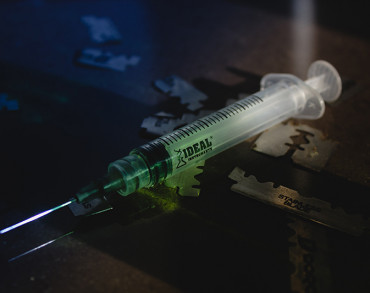

Both are opioids that impact the same receptors in the brain, so what’s the difference between heroin and fentanyl? We take a closer look…
Heroin and fentanyl are both opioid drugs that bind to opioid receptors in the brain, reducing pain sensations and increasing feelings of relaxation. Both are extremely potent, fast-acting, and can be lethal in as little as one dose. Both can also quickly lead to dependence and addiction.
Both often require medical detox and opioid replacement medications to safely process the drug out of the body, and comprehensive treatment is recommended for long-term recovery from dependence and addition.
While heroin and fentanyl aren’t very common in New Zealand's illicit drug market, it’s important to be informed about the risks posed by these substances.
Stay safer by staying informed. Sign up to receive alerts and notifications about any dangerous drugs in NZ. Check out the alerts page to see what we've already found.
A quick breakdown of heroin and fentanyl
Heroin is derived from morphine, which is a natural substance that is removed from the seed of the opium poppy plant. Heroin is most commonly sold as a white or brown powder, or as a black, tacky substance known as “black tar” heroin. It is typically injected, smoked, or snorted, and doesn’t have any legitimate medical use.
Fentanyl, on the other hand, does have legitimate medical use. It’s a synthetic opioid that’s similar to morphine, but 50 to 100 times more potent. It is used to treat patients with severe pain, such as after surgery, and is sometimes used to treat chronic pain from a terminal disease, like cancer. Prescription fentanyl is usually applied in a patch on the skin, but it can also be given as a shot, or a lozenge.
Comparing heroin and fentanyl
Heroin
- No accepted medical uses
- Manufactured in powder form
- Injected, smoked, or snorted
- Fast-acting and creates a short but intense rush
- Potential for rapid onset of overdose, leading to fatal respiratory depression
Fentanyl
- Available by prescription as a powerful painkiller, also manufactured illegally
- Manufactured as a patch, lozenge, tablet, injectable liquid, and powder
- Can be ingested, snorted, smoked, or injected when used illicitly
- Fast-acting and creates a short but intense rush
- Lethal in much smaller doses and can be absorbed through the skin
Overdosing on opioids
When people take high doses of opioids, it can lead to an overdose, with the slowing down or stopping of the respiratory system which can result in death.
There is a real risk of overdose when taking heroin or fentanyl. According to the United States National Institute on Drug Abuse (NIDA), nearly 70,000 people died from opioid-related overdoses in 2020. The misuse of opioids continues to be a serious national crisis in the US.
An opioid overdose is characterised by unconsciousness, with slow and ineffective breathing (respiratory depression). It’s not necessarily fatal, but non-fatal overdoses can still bring lasting health consequences and increase the chance of a fatal overdose later.
It can be difficult to recognise an opioid overdose. If you aren’t sure, it is best to treat the situation like an overdose – you could save a life. It’s important you don’t leave the person alone – ring 111 and ask for an ambulance.
The signs of an opioid overdose include:
- The person's face is extremely pale and/or feels clammy to the touch.
- Their body goes limp.
- Their fingernails or lips have a purple or blue colour.
- They start vomiting or making gurgling noises.
- They cannot be awakened or are unable to speak.
- Their breathing or heartbeat slows or stops.
Naloxone can be used in overdoses from most opioids - it's a drug that can temporarily reverse the effects of an overdose and give you more time to get medical help. Some pharmacies and needle exchanges stock naloxone. Find out more about how to use it here.
What to do in an emergency
If you think someone is suffering from an opioid overdose:
- Call 111 immediately and ask for an ambulance.
- Don’t panic. Stay calm.
- Keep yourself safe. Watch out for used needles and blood on the bed or floor etc.
- Check if the person is conscious by gently shaking them and calling their name or asking if they’re ok. This may bring the person round.
- If the person does not respond, check whether they are breathing.
- Check their airway. Tilt their head back enough to open their airway. Remove anything from their mouth like food or vomit.
- Are they breathing? Put you ear next to their mouth. Can you feel any breath? Is their chest rising?
- If they are breathing put them in the recovery position.
- If they are not breathing start CPR.
Find out more by reading St John’s helpful first aid guide for dealing with an overdose.
If you’re worried about your own drinking or drug taking, you can reach out to the Alcohol Drug Helpline on 0800 787 797, or text 8681. You'll be able to speak with a trained counsellor who can provide you with helpful information, insight and support. They’re available 24/7, all calls are free and confidential. You can also chat to them online through the website.
Latest Articles
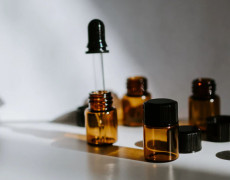
15 Apr 2024
Thinking of using GBL/GHB?
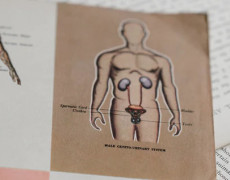
12 Apr 2024
Ketamine and bladder damage – know the risks
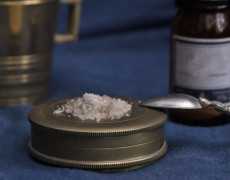
8 Mar 2024
Synthetic cathinones explained
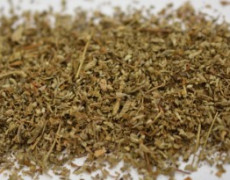
22 Feb 2024
What’s happening with synthetic cannabinoids?
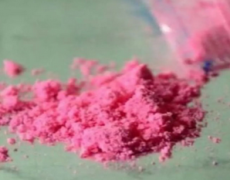
31 Jan 2024
What is tuci?
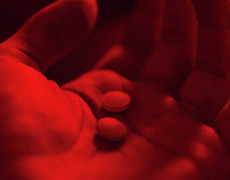
19 Jan 2024
Answering some common questions about MDMA

10 Jan 2024
Understanding the risks of the comedown

5 Jan 2024
Looking after your mental health

15 Dec 2023
Tips for a safer night out
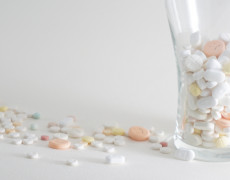
12 Dec 2023
To mix it is to risk it
